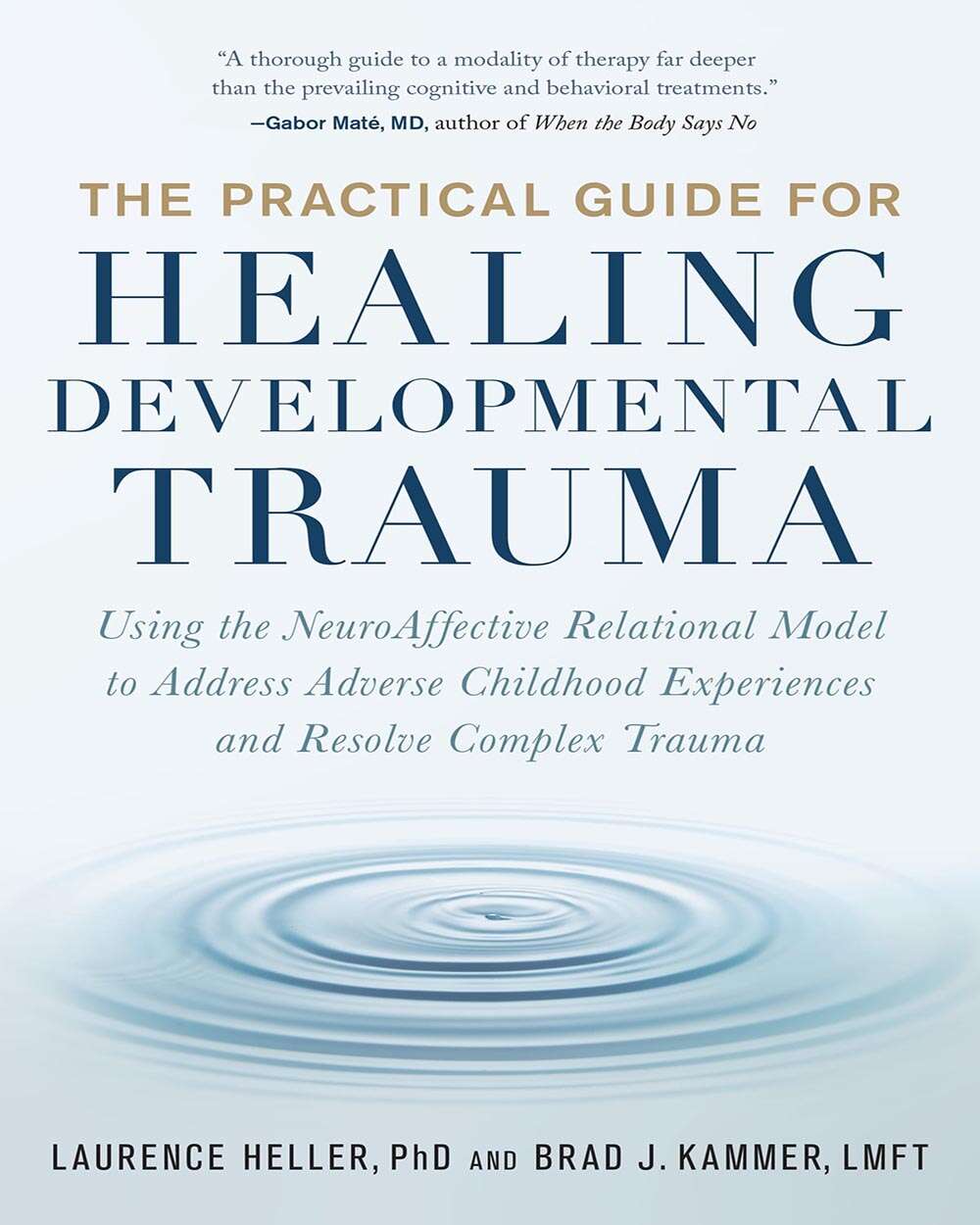A clinician’s guidebook for treating developmental trauma–Apply the NeuroAffective Relational Model (NARM) to help clients overcome complex post-traumatic stress disorder (C-PTSD), recover from adverse childhood experiences (ACEs), and map post-traumatic growth.
The Practical Guide for Healing Developmental Trauma introduces a cutting-edge therapeutic model for addressing attachment, relational, and developmental trauma in a clinical setting. NARM is an integrated mind-body framework that identifies and treats the complex ways childhood trauma can manifest in interpersonal difficulties, maladaptive patterns, identity issues, and disrupted affect regulation.
Integrating the latest research on adverse childhood experiences, or ACEs, it arms psychologists, psychiatrists, social workers, and trauma-informed therapists with the skills and tools they need to help clients break free from the lasting effects of childhood trauma.
The Guide is a go-to tool that explains:
The four pillars of the NARM therapeutic model
Cultural and Intergenerational trauma
Shock vs. Complex trauma
Adverse Childhood Experiences and Complex Post-Traumatic Stress Disorder
How to differentiate NARM from other therapeutic modalities
NARM’s organizing principles
How to integrate NARM into your therapeutic practice




